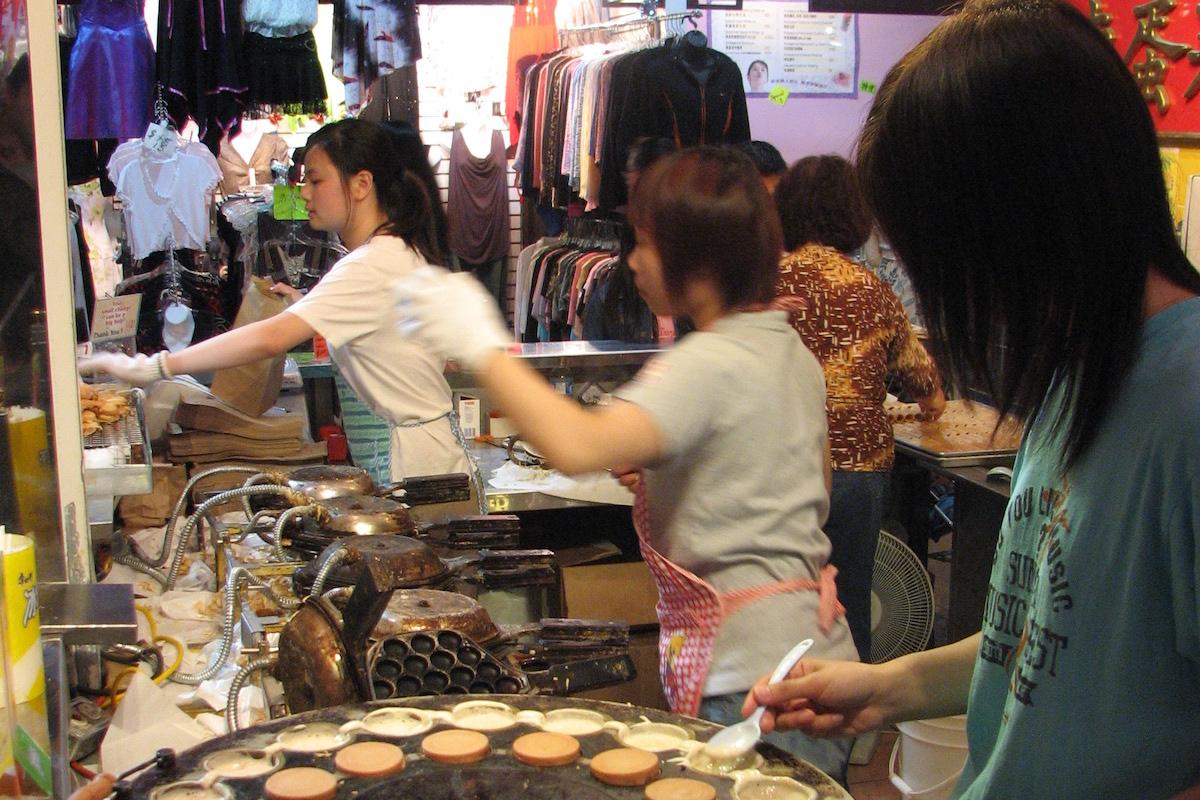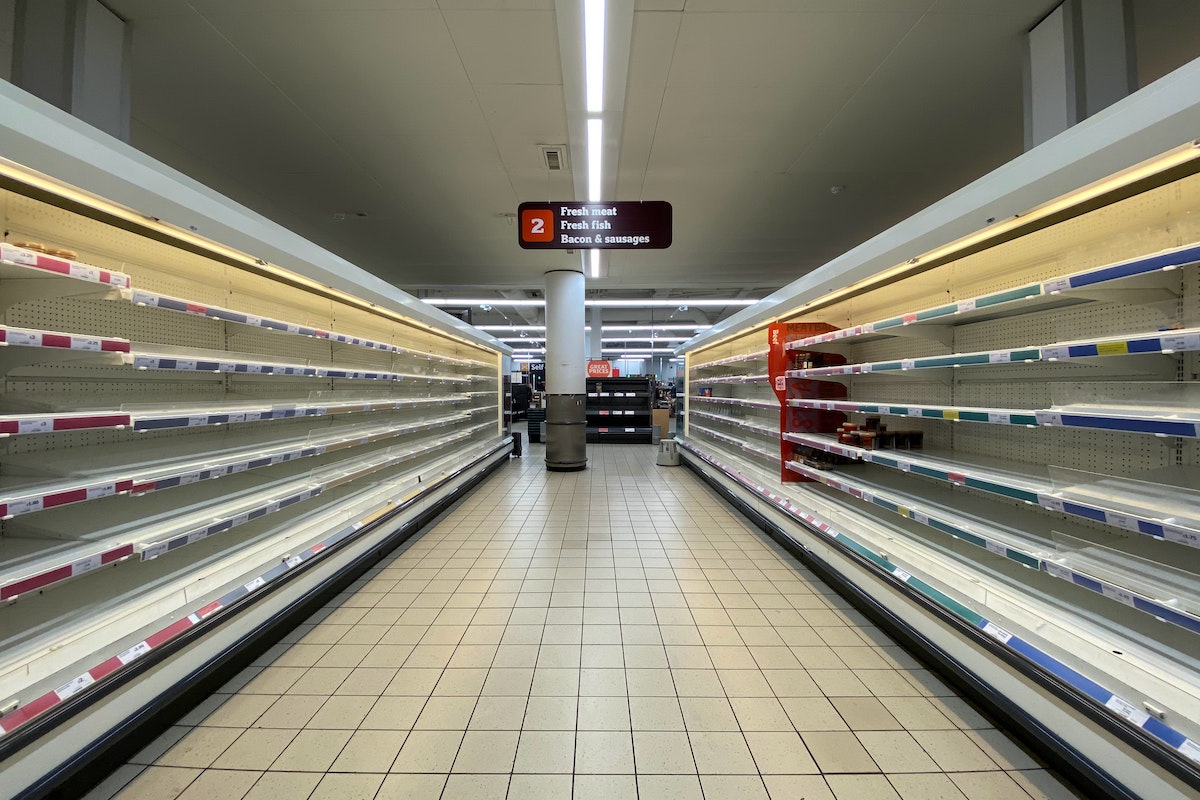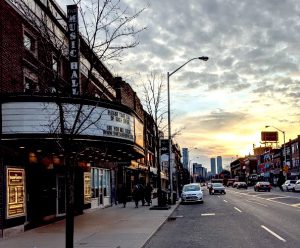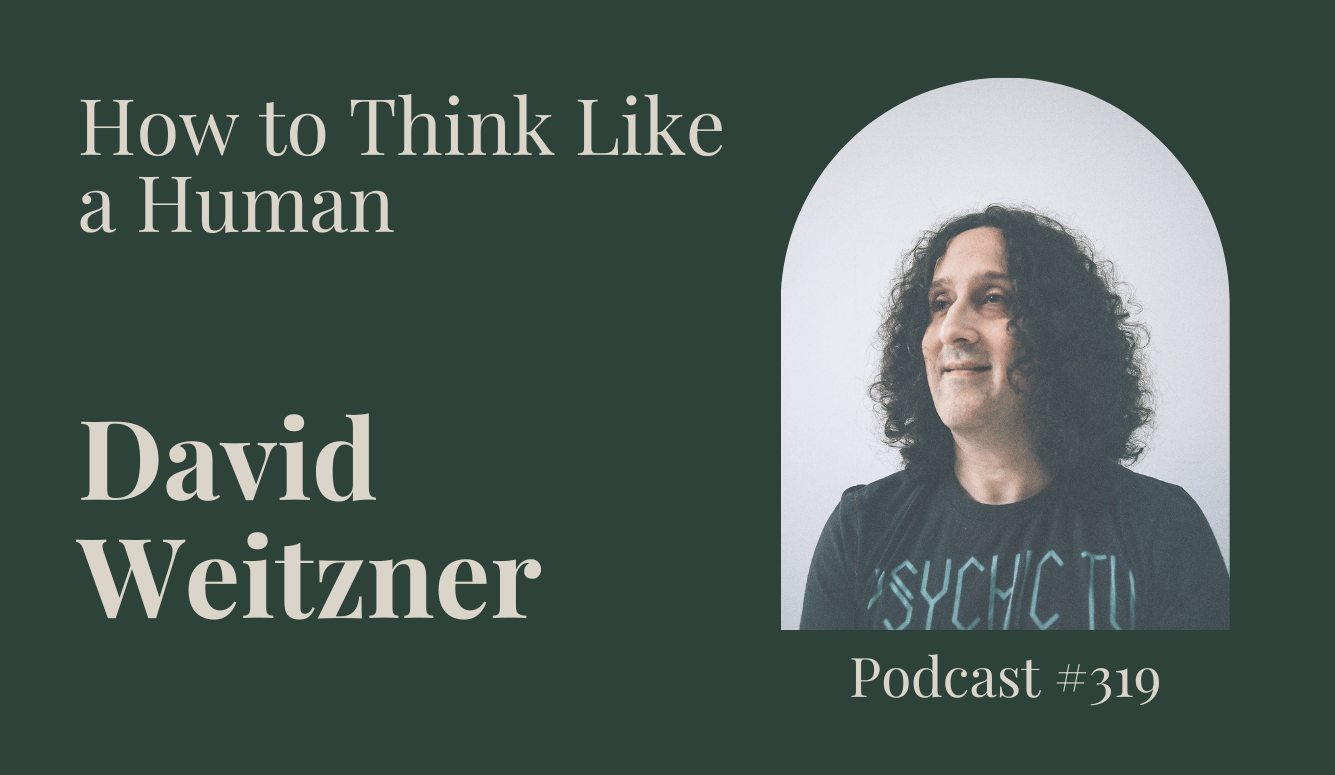COVID-19
COVID-19 Will Devastate the Economic Fortunes of Those Who Are Already Struggling
COVID-19 is going to send them crashing through it. And the challenge of how to help them rebuild their lives will be with us long after the pandemic itself has been tamed.

Uncle Tetsu Japanese Cheesecake opened its first Toronto store five years ago this Wednesday. Almost immediately, it gained a cult following, with downtown lineups approaching two hours.
On Sunday, there was no line at all. In fact, I was the only one in the store, which allowed me plenty of room for the required social distancing. This was the Uncle Tetsu location at Pacific Mall, a famously bustling Asian-themed indoor arcade that is usually packed on weekends. But when I arrived during peak early-afternoon hours, the parking lot was a third full. The lone server told me (from the prescribed distance of at least six feet) that business is down by almost 75 percent. From what I saw inside the mall, that estimate seemed optimistic. Almost all of the kiosks were open. But the clerks, all wearing face masks, outnumbered the customers.
Even at the best of times, the vendors who sell phone cases, watches, rice cookers, humidifiers, and sunglasses at Pacific Mall operate on thin profit margins. The same is true of small businesses all over Toronto, whose owners often struggle to pay last month’s rent with this week’s cash flow. Shut down these undercapitalized operations for a month of effective quarantine—let alone two, or three, or six—and the economic prognosis becomes terminal. Their former customers will simply join the growing herd who, even before COVID-19, were moving to Amazon and other online retailers. No matter how long the acute phase of the coronavirus pandemic lasts, our response to this pandemic will change our world by turbocharging the migration to digital and long-distance commerce, thereby pushing uncountable small businesses (and many large ones) into bankruptcy and stripping their employees of jobs.
During a pandemic such as this, governments can, and should, set reasonable limits on travel, retail business operations, and public gatherings. A century ago, the death toll from the 1918 influenza epidemic was needlessly inflated because governments acted too slowly. As late as September, 1918, nine months after the Spanish Flu claimed its first American victims, Philadelphia infamously held a parade that attracted 200,000 people. The next month, 11,000 of the city’s residents died from the disease—more than the entire COVID-19 death toll to date.

The good news is that aggressive prevention measures have shown themselves to be effective, insofar as governments enforce them systematically. In China, where the pandemic began, the epidemiological curve of COVID-19 laboratory-confirmed cases shows a rapid rise in late January, followed by a steady decline in February. The curve for the Western Pacific region as a whole started sloping downward in early March. South Korea was seeing almost 500 new cases per day as recently as March 7th. That has now dropped to about 100. Much of the news is now bleak, because many Western nations, Italy in particular, are still in the acceleration phase of their epidemiological curves, and so the global numbers are surging at more than 10,000 new cases per day. But the evidence from Asia shows that the spread of the disease can be drastically slowed. As the World Health Organization noted on March 12th, “this is a controllable pandemic.” Unfortunately, the economic price of that control is going to be enormous.
The economic burden of COVID-19 will be borne least by those who already live privileged lives. As a writer, editor, and podcaster, I can work from wherever I like. Many white-collar professionals have the same option, and are exercising it in the face of the pandemic, a practice that not only helps “flatten the curve,” but also allows them to deal with school and day-care closures. This crisis is far more challenging for waiters, cooks, health workers, dry cleaners, store clerks, and truck drivers. Staying at home—either by choice or necessity—usually means no income, which eventually means no home.

The local concert venue in my neighbourhood, Danforth Music Hall, now has a marquee sign that reads “Please Take Care of Each Other. See You All Soon!” A neighbour quipped that this was awesome news, since we’d no longer have traffic and parking issues whenever a big act comes to play. He was joking, but it was a rich person’s joke. The reality is that it isn’t just metalheads and goths who will be shut out of the music hall, but also the dozens of people who earn a paycheck as bouncers, ticket-takers, cleaners, and bartenders. Some businesses are trying to keep paychecks going during the COVID-19 pandemic. But for many, perhaps most, that will be impossible.
The chatter you hear these days is all about the latest COVID-19 “conference call” within their organizations, on which the company’s various managers, strategists, lawyers, communications specialists, and brand managers figure out how to ride out the next few months—including how many people they’ll send home from work, either with or without pay, in the interests of safety and savings. As you read this, the fates of legions of ordinary bricks-and-mortar on-site workers are being decided on such calls.
That’s the world we’ve always lived in. But COVID-19 makes the reality of that world all the more stark, and all the more cruel. There’s the conference-call people. And there’s everyone else.
Disease outbreaks have shaped human history since the dawn of recorded time. The result of ancient sieges often was decided not by catapults and ballistae, but by which side was ravaged first by disease—the army outside the walls or the one within. The Antonine Plague depopulated the Italian heartland so extensively that it paved the way for the Crisis of the Third Century and led, at least indirectly, to the fall of the Roman Empire. The Black Death, which killed almost half of Europe’s population during the 14th century, caused a complete breakdown in social structures. As Simon Winder writes, rampaging survivors slaughtered anyone who seemed “foreign.” Whole villages were simply abandoned to nature, with the entire populations having died or fled, including “some forty thousand German settlements [that] were still empty a hundred years later.”
Barring some kind of horrifying mutation in its genetics, COVID-19 isn’t going to be that kind of pandemic. It won’t be geographical regions that get wiped out, but professional and economic strata—especially small business owners and service workers who’ve been scraping by with minimum-wage jobs in fields such as hospitality, food service, travel, live entertainment, child care, and retail sales.
Inequality and economic insecurity had these people up against the wall even before the pandemic struck. COVID-19 is going to send them crashing through it. And the challenge of how to help them rebuild their lives will be with us long after the pandemic itself has been tamed.






